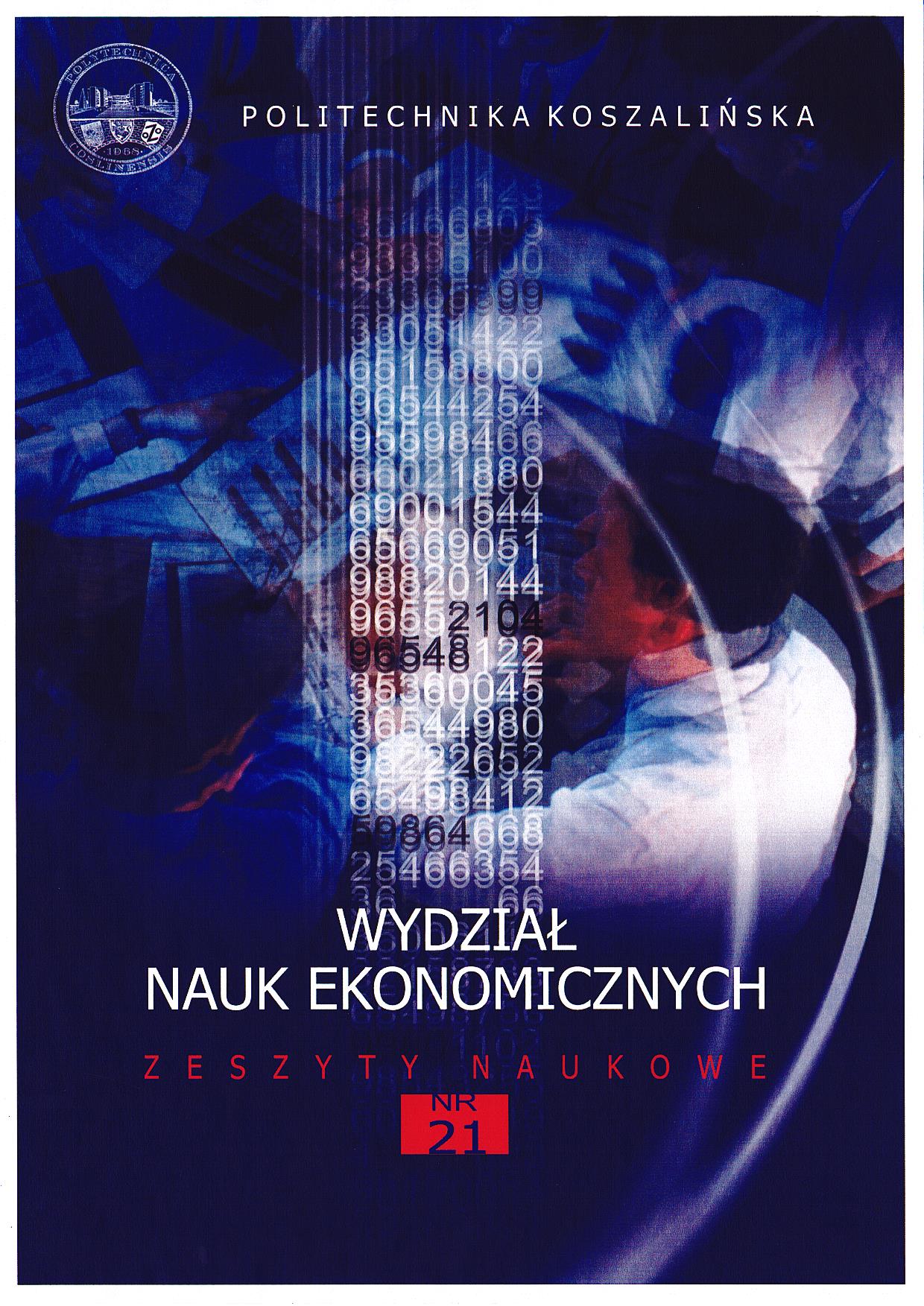THE CONCEPT OF A NEW TERRITORIAL DIVISION OF THE COUNTRYIN THE LIGHT OF THE POSSIBILITY OF CREATION OF MIDDLE POMERANIA VOIVODESHIP
Keywords:
a local government, voivodeship, county, tourism, territorial division, Functional Urban AreasAbstract
The aim of the article is to point out the possibility of changes in the territorial division of the country at the provincial and district level and the concept of the establishment of the Middle Pomerania Voivodeship functioning on the principle of polycentric functional structure based on four administrative and functional areas. Based on expert studies showing the feasibility of small and large local government reform, the author indicates the possibility of creating the Middle Pomerania Voivodeship. Conducted analysis of tourist potential, the development of communication network and seaports and distribution of various functions in individual cities and counties of the Middle Pomerania helped to identify trends and specialization for specific economic regions of the new voivodeship. The study indicated the economic potential and estimated GDP and GDP per capita of individual districts and economic regions pointing to their key specializations. Functional and economic analysis have been further extended by the results of gravitational potential of cities and the problems of commuting to work on the basis of data of the National Census of 2011. The result of this paper is to determine the guidelines for the new territorial structure of the country and the concept of the establishment of the Middle Pomerania Voivodeship based on a polycentric administrative structure deployed in four key cities which are seats of the economic regions of the new voivodeship.



